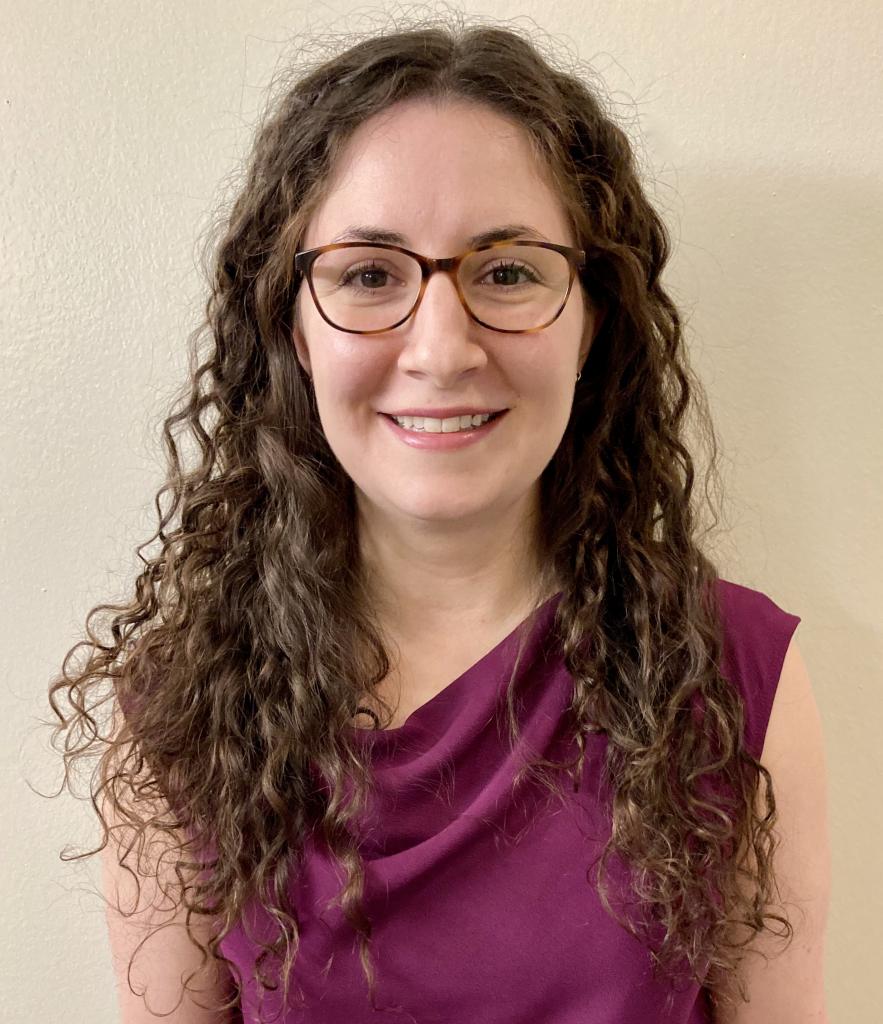8/23 Motions Hearing #6: AE120 Only . . . Part One
It’s 1:32 when the commission is once more called to order, and AE120 is teed up in earnest. That’s the government’s motion to make so-called “minor conforming changes” to the charge sheet, so as to make clear its intent to proceed on a “common plan” theory of vicarious liability. Brig. Gen. Mark Martins elaborates.
Published by The Lawfare Institute
in Cooperation With

It’s 1:32 when the commission is once more called to order, and AE120 is teed up in earnest. That’s the government’s motion to make so-called “minor conforming changes” to the charge sheet, so as to make clear its intent to proceed on a “common plan” theory of vicarious liability. Brig. Gen. Mark Martins elaborates. He begins with Article 21 of the UCMJ, which famously says it does not deprive military commissions of jurisdiction to try offenses against the “law of war.” (Taking a page from Connell’s book, the Chief Prosecutor employs slides, one of which displays the Article’s text.) That was at the heart of Hamdan II’s ex post facto analysis: under it, if the “laws of war” doesn’t proscribe an offense, as of 2006 or earlier, then the offense is beyond commission jurisdiction. Thus Martins says he will be discussing rules and authorities that long predate the statute, and establish vicarious liability’s historical bona fides.
Why does this matter? Because the government no longer opposes dismissal of “standalone” conspiracy charges---those purporting to criminalize the mere act of agreeing to do something unlawful. There’s a related notice issue in play: Martins wants to ensure that the accused are thoroughly aware of the prosecution’s plans to hold them vicariously liable, and not to claim that they hijacked any airplanes on 9/11. Thus AE120, and its request to make various tweaks to the charging documents. And it is really only a tweak, given longstanding military practice: all principals are typically charged as if each perpetrated the crime, for example; specifications also sometimes don’t include vicarious liability claims, which are developed only before the issuance of jury instructions.
AE107, which we discussed earlier, challenged substantive offenses and the other side’s ability to prepare a defense; AE120 is part of this, Martins says, in that the latter simply takes a pure agreement crime off of the table, while putting the accused on notice of their possible vicarious liability. Doing so means minor changes, ones wholly authorized by military rules. The court asks about what all this means for down the road---hypothetically--when it comes time to instruct the members. Martins explains: we’ll still have to prove agreement under our preferred approach, he says, and the members still will have to find one, among other things, before they can convict the accused for taking part in a common plan. And the standard, Martins tells the judge, will be “beyond a reasonable doubt.”
Conspiracy can still go on the charge-sheet, Martins says, just as it went on the charging documents in Quirin (which, incidentally, Hamdan v. Rumsfeld did not overrule). The key is precluding a conviction based on pure agreement, and that’s the purpose behind AE120. The court: what theory exactly are you using? JCE? “Common plan?” Or agreement? Martins rests on the last one, while observing parenthetically that JCE is firmly grounded in international law at any rate. The Chief Prosecutor lastly links his vicarious liability argument to the Section 950q of the MCA, which punishes aidors, abettors, counselors and others as principals. The idea is to be plain, concise and definite, argues the Chief Prosecutor---not to make any “major” changes, as alleged by the defense. He concludes with a quick recitation of the rules regarding the striking of surplusage in charging instruments--which shouldn’t happen, according to Martins, in most cases. There’s a strong presumption against it.
AE120 will remain pending through September, a fact that prompts most defense counsel to reserve argument until then. The lone exception is Khalid Sheikh Mohammed’s attorney, David Nevin. He raises a few points, including the case’s capital status. In death cases, notice is paramount. And uncharged, not-trotted -out-until-later theories of liability, Nevin argues, deprive the accused of notice. They’re entitled to clear statement of the basis for liability, he says. The last part of Nevin’s pre-argument: the proof of an overt act is subject to a unanimity requirement. That is, all panel members must conclude that such an act occurred, beyond a reasonable doubt.
Next the court puts a few more questions to the Chief Prosecutor, all centered, as before, on the instructions come trial-time. How can Nevin’s unanimity requirement be observed, in the worksheet completed by panel members? Martins acknowledges that co-conspirator vicarious liability will have to be found by the panel unanimously. But does that mean the entry of specific, written findings? The lawyer thinks “special findings,” as they are called, likely would be necessary. Now the court is still confused a bit, though about something else: the seeming tautology in play. So the accused will be found guilty of a completed offense, in order to be found vicariously liable? What in the world for? Martins corrects Judge Pohl ever so gently: your honor, the finding must be that the object offenses occurred as alleged, not that the accused themselves committed those offenses. (And it would be weird indeed if this were required.) The Chief Prosecutor winds up.
AE120, we’ll see you in September, it seems, as more argument is forthcoming then. We’ll move down the docket now, however, once a quick recess concludes.




.jpg?sfvrsn=d5e57b75_5)

